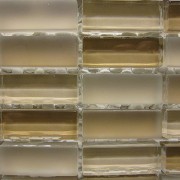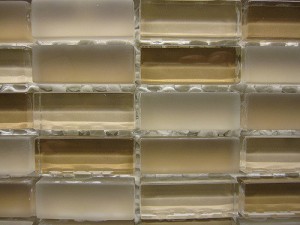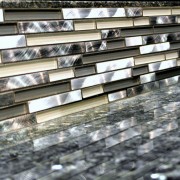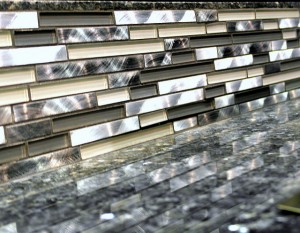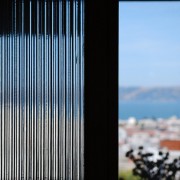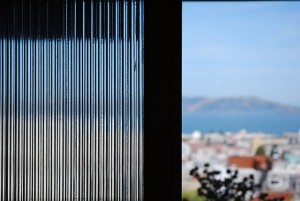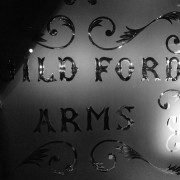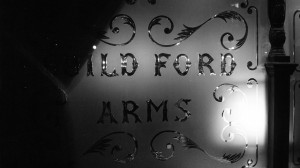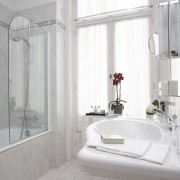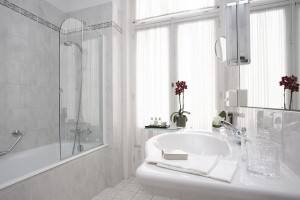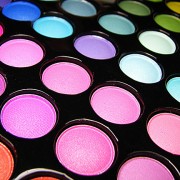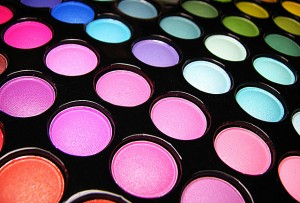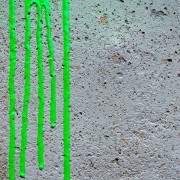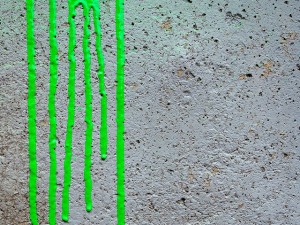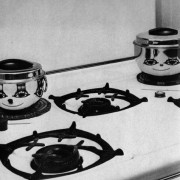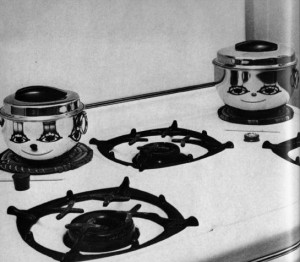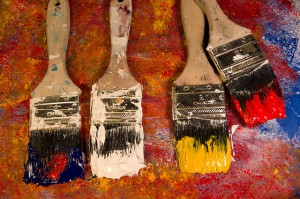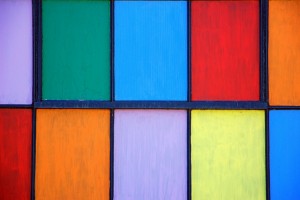
How to remove glass paint
When you’re painting, it’s very common to get a little overspray, or drip a bit of paint in a place you didn’t intend to. One question we get often is, “How do you remove glass paint?” Glass paint is designed to make a permanent bond with glass, so if you’re going to remove glass paint, you’ll need to remove it as soon as possible after applying it!
You can remove glass paint – for a short time!
The key is to remove glass paint before it bonds to the glass. Glassprimer™ glass paint is designed to cure within 24-72 hours of application. The permanent bond with the glass surface will occur within about two weeks of application. Once the permanent bond has formed, it’s generally not possible to remove Glassprimer™ glass paint.
It helps to understand a little bit about what happens when and how paint dries. Paint formulas include solvents, which allow the paint to spread easily. The solvents are designed to evaporate, leaving behind the color and binder.
How paint dries depends upon a number of factors, including how many coats of paint were applied, how thick each coat is and the relative humidity in the workspace. These factors can also determine how successful you’ll be if you need to remove paint. Thicker coats take longer to dry because more solvents need to evaporate. If you’re painting in “dry” air (less than 50% humidity), your paint will dry faster. The dryer your workspace is, the faster the paint will dry. Likewise, if you’re painting in space that has high humidity, your paint will dry more slowly.
Paint also hardens as it dries. “Hardening” means that the paint achieves a “solid” shell-like state that resists damage. When the paint is both “dry” and “hard”, it is “cured.” A paint can be dry to the touch without having hardened, but it cannot harden without drying.
The Glassprimer™ glass paint formula also includes a catalyst which allows the paint to cure rapidly – within 72 hours of application. Without the catalyst, it would take the paint as much as a year to cure! All of this points to one thing: you need to work quickly to remove glass paint after it’s been applied!
For accidental drips, your best bet is to wipe them up right away – before the paint has even dried. Use acetone or a standard paint stripper to catch any “accidental coverage.” Sometimes, it’s better to wait until the paint has dried to the touch before you attempt to handle the workpiece. Glassprimer™ glass paint can dry to the touch in about 2 hours or less, but you’ll need to give your project a few hours before you attempt to handle it. This will help you avoid damaging the paint you don’t want to remove.
Before the paint has cured, you can remove it with acetone. If you accidentally remove more paint than you intended, no worries. You can reprepare the surface and reapply Glassprimer™ glass paint. Your newly applied paint will blend expertly with the paint that remains on the surface.
For large scale removals, lay the workpiece paint-side up on a flat surface, or on the ground. Apply a standard paint stripper to the work and let the paint stripper soak into the paint. Once the stripper softens the paint, you can remove it easily with a scraper, a hose or a pressure washer. When you’re ready to repaint, re-prepare the surface, as you the first time you painted it, using alcohol and steel wool.
For stubborn spots, you can repeat the stripping and cleaning process. Once the paint has been softened, you can also use a single-edged razor blade to remove stubborn spots.
If you’re trying to work with paint that has already permanently bonded with glass, you may want to consider replacement, rather than trying to recondition the glass. If you’d like more information about removing glass paint, please visit us at glasspaint.com.
Photo Credit: , via Flickr.com

